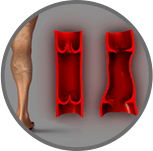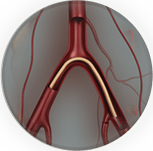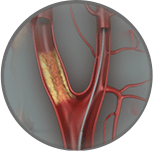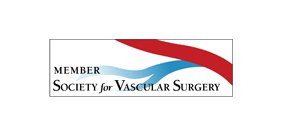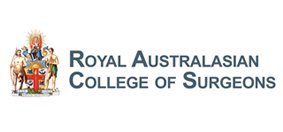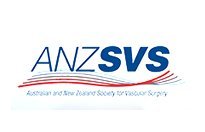Radiofrequency Ablation
Endovenous Radio-frequency Ablation
Endovenous radio-frequency ablation is a minimally invasive procedure performed to seal varicose veins (enlarged leg veins) with heat generated from radiofrequency energy. After the varicose veins are sealed, blood starts flowing immediately to the healthy veins. Veins consist of one-way valves which prevents backflow of blood in the legs. Varicose veins are a result of blood accumulating in the veins of the legs due to leakage in the one-way valves.
Indications
Endovenous radio-frequency ablation is most commonly used to relieve symptoms of varicose veins. Symptoms include swelling, inflamed veins, discolouration, pain, skin irritation or ulceration.
Procedure
During the procedure, the doctor will apply a topical anaesthetic cream over the area of varicose veins. The site of catheter insertion is numbed by a local anaesthetic agent. Your doctor uses an ultrasound probe to view and track the procedure in the enlarged vein. Under the guidance of ultrasound, a catheter is inserted through a small incision in the skin and is positioned into the abnormal vein. A radiofrequency electrode is then moved through the catheter exposing the tip of the electrode at the site to be treated. After injecting the area of abnormal vein with local anaesthetic, radiofrequency energy is applied at the site to seal the vein. Your doctor will apply pressure to prevent bleeding and the incised opening is covered with a bandage.
Post-procedural Care
Following the procedure, you may have to wear compression stockings to avoid formation of blood clots and to reduce bruising and tenderness. You can resume normal activities immediately. Avoid air travel and sitting for long periods during the healing phase. Ultrasound examination may be recommended during follow-ups for monitoring the treated veins and its results.
Risks & Complications
As with any procedure, endovenous radio-frequency ablation involves minor risks and complications. They include:
- Blood vessel damage
- Infection, bleeding and bruising at the site of incision
- Inflamed veins (thrombophlebitis)
- Rarely, nerve damage or pulmonary embolism
Advantages
Advantages of endovenous radio-frequency ablation include:
- Minimally invasive procedure
- No visible scars
- Immediate relief from symptoms
- Faster recovery
It is difficult to treat twisted veins with endovenous radio-frequency ablation. The procedure is useful in treating only large varicose veins. Additional procedures such as phlebectomy or sclerotherapy may be used to treat small branched veins after ablation.


